More than once, as we squeezed through narrow village streets—centuries-old buildings close enough to reach out and touch—and snaked around curvy roads in the wooded foothills, I sighed with relief that we’d rented a tiny Fiat to traverse the pastoral scenery of Friuli Venezia-Giulia.
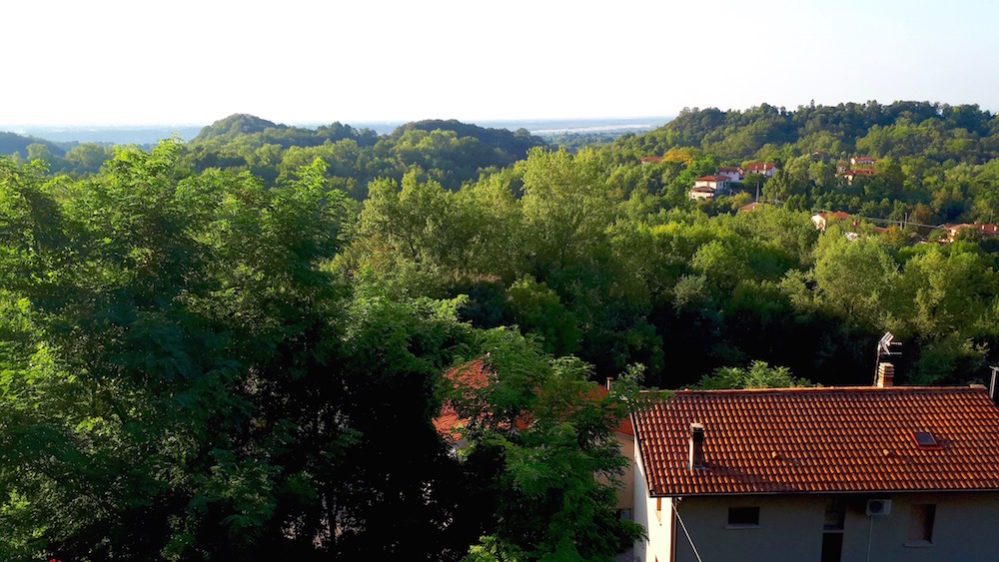
Lesser known than Tuscany and less frequented than Rome or Milan, Friuli is the most northeastern region of Italy. It shares borders with Austria, Slovenia and Croatia and hugs the Adriatic coastline until it bumps into Venice. Largely agricultural, there’s plenty of corn (earning Friulianos the nickname polentoni, or polenta eaters), cattle and grapes. The distinctive locale and centuries of rule under revolving empires has created a cultural mingling and appetite for hearty dishes with Austro-Hungarian influence. Its most popular exports include San Daniele prosciutto—the gold standard of Italian cured ham—and dry, fruity white wines, which are produced with particular success along the Slovenian border. We consumed it all voraciously, but the primary objective of this trip was to join Andrea Cudin to learn about Friuli’s provincial cheeses.

I was first tipped off about a real Italian cheesemaker in Houston by Top Chef winner Luca Manfé during his brief tenure in the Bayou City. A Friuli native, Manfé raved about this guy out in Moulton, Texas, making cheese in the styles of his homeland. Unlike the typical inheritance of a family creamery, until recently, that guy—Cudin—was an academic.
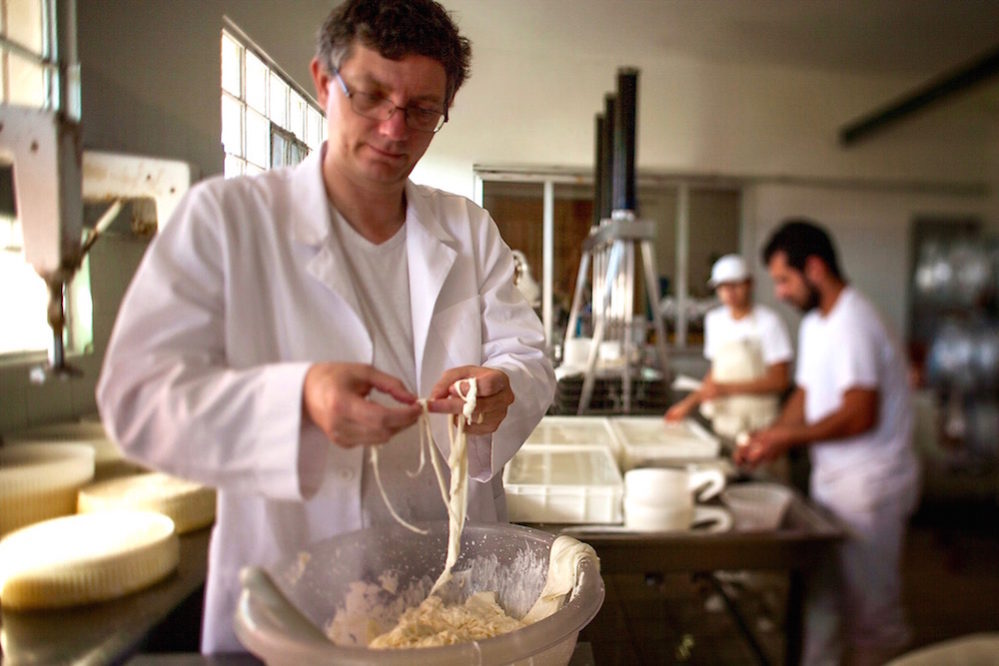
Andrea Cudin at his creamery. Photo courtesy of Lira Rossa.
While completing his doctorate of philosophy in Veneto (neighboring region to Friuli), Cudin rented out a room to Jillian, a Texan studying abroad who would become his wife. They hopped around Europe for work and eventually moved to Victoria, Texas, to raise children near Jillian’s family. Suddenly, Cudin found himself in a small, rural Texas town, unsure how to make a living. He missed Friuli—its people, landscapes and food. He missed the traditional latteria cheese made in the alpine villages where he grew up—and decided to make it himself.
After crafting small batches as a hobby, Cudin returned to Friuli for an immersive education at latterias in his home province of Pordenone. Cudin began using pastured raw milk from Four E Dairy in Moulton, and upon building a friendship, Chad Chaloupka offered to build a creamery for Cudin on the family farm. In July 2016 Lira Rossa officially began operating in the newly constructed creamery next door to Four E’s milk parlor.

Aging caciotta with red pepper
The collaborative nature of Lira Rossa’s start is fitting. As Cudin explains: “Talking about cheesemaking in Friuli has more to do with social history and collaboration with neighbors to create a monetary economy for the village.” As with other dairy-centric populations, cheesemaking began in the foothills of Friuli as a necessary measure to extend the life of milk. Rather than set up their own full-scale operations, small farms would establish a latteria turnaria, essentially a dairy co-op where they could share the creamery equipment. In the summer, farmers moved their cows to the cooler mountain pastures to graze; there, they smoked ricotta and mozzarella with beech wood to preserve the cheese until it could be transported down the mountain. Cudin smokes his ricotta with pecan wood for a Texas twist.
Unfortunately, as with other cottage foods, the tradition is dwindling. In 1960 there were 652 latterias in Friuli; now, there are less than 50. However, young Italians like Cudin are taking an interest in preserving their culture. This August, after getting to know Cudin and his delicious cheeses stateside, I joined him in Friuli to see traditional cheesemaking with my own eyes.
“In an American creamery, for what they’re doing here with two people, you’d have six,” says Cudin, as we approach the 80-year-old building that houses Latteria Pradis di Sopra, run for the last ten years by cheesemaker Frederico Segatto and third-generation dairy farmer Narciso Trevisanut.

Indeed, when we arrive, the building is brightly lit, starkly white save for shiny metal fixtures, and buzzing with activity: labeling yogurt containers, molding and packaging freshly churned butter, cooking latteria in a 250-gallon copper vat, converting leftover whey into ricotta, and stepping behind a cold case to sell to customers as they enter the busy scene. Among several other traditional varieties, the duo produces Montasio, a regional PDO-certified latteria cheese produced with unpasteurized cow’s milk. Its mild flavor grows nutty with age (from sixty days up to two years); its creamy, elastic texture lends nicely to melting.
In the cold room, two rectangular vats dominate the center of the room, filled with quarters of formaggio salato bobbing in a brine of milk, water, salt, cream and live culture. “How do you mix it?” I wonder aloud. In response, Narciso rolls up a sleeve and mimes diving his hand into the deep vessels. Mixing by hand prevents cream from blocking the culture from working its way into the cheese. This same brine has been used to mature cheese for 35 years. Like a sourdough starter or a cast iron skillet, it’s an heirloom of sorts, passed on through generations. In fact, cheese brine used to be given to new couples as a wedding gift.
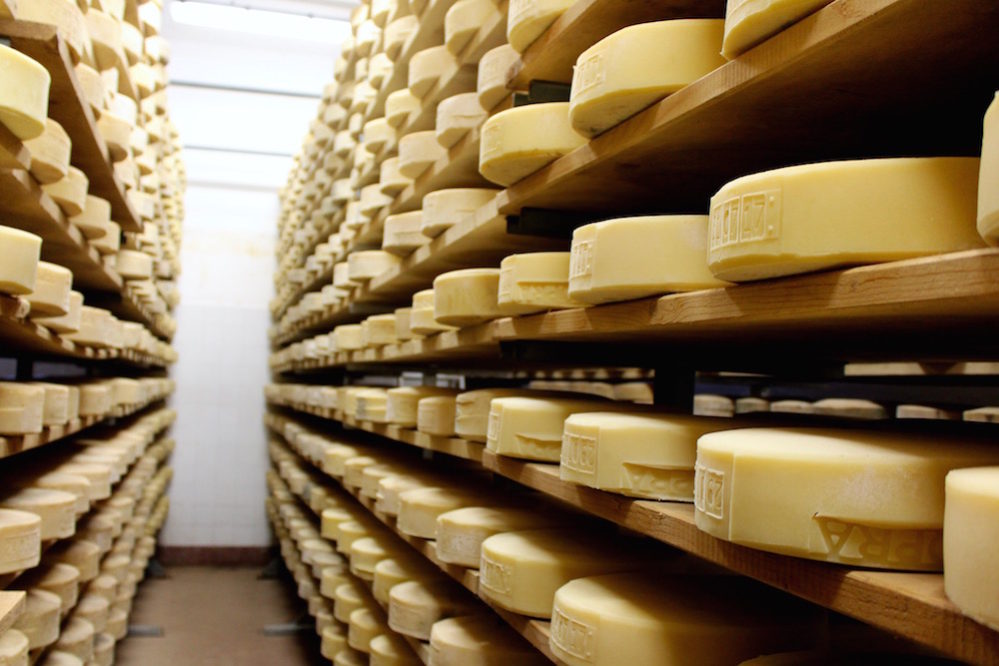
After being shaped and kept in a simple salt-water brine for 24 to 48 hours, Montasio is retired to the cellar, where 4000 wheels of cheese quietly age on shelves (shown above) that reach the ceiling. Back in Moulton, Cudin produces 250 pounds of cheese weekly; in lieu of a cellar, his latteria (which can’t officially be called Monstasio beyond the designated region) is aged in an air-conditioned room. His brine isn’t decades old—but hopefully one day.
For Cudin, making cheese is a way to connect with his heritage and share it with his adopted community. The care he takes to respect tradition and follow generations-old recipes is cooked into his products. Lira Rossa latteria cheese can be enjoyed out of hand or melted over whatever you like. Caciotta in various flavors is perfect for any cheeseboard. The creamy, hand-shaped mozzarella is far better than any you can find around town. Drizzled with honey and chopped walnuts, Cudin’s ricotta fresca is a special treat. Take a bite and close your eyes, and you might picture the Italian alps and hear the bellow of cows out to pasture.
Find Lira Rossa cheeses for sale in on-farm shops at Four E Dairy in Moulton and Katerra Exotics in Katy and at local farmers markets, including Urban Harvest Eastside, Memorial, Bastrop and Eleanora’s in the Heights, and SFC in Downtown Austin. To learn more, visit lirarossa.com.

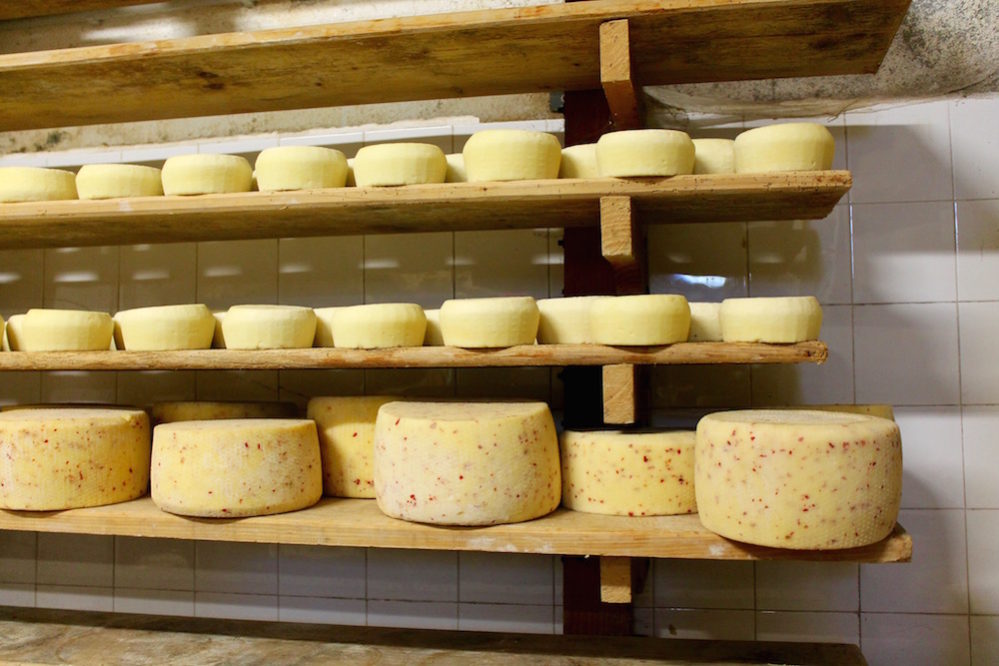

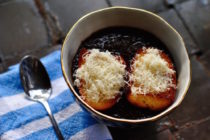


Follow Us